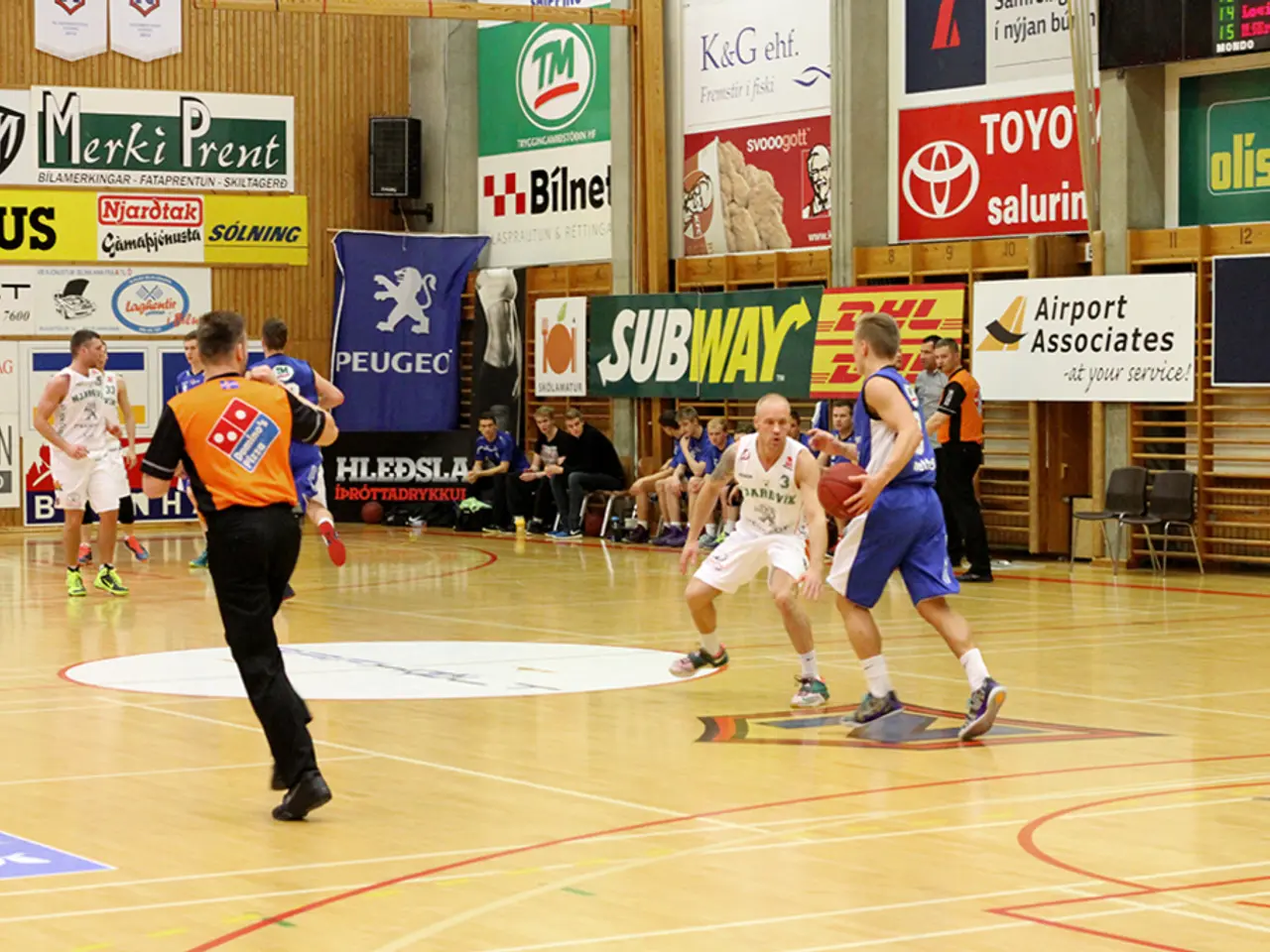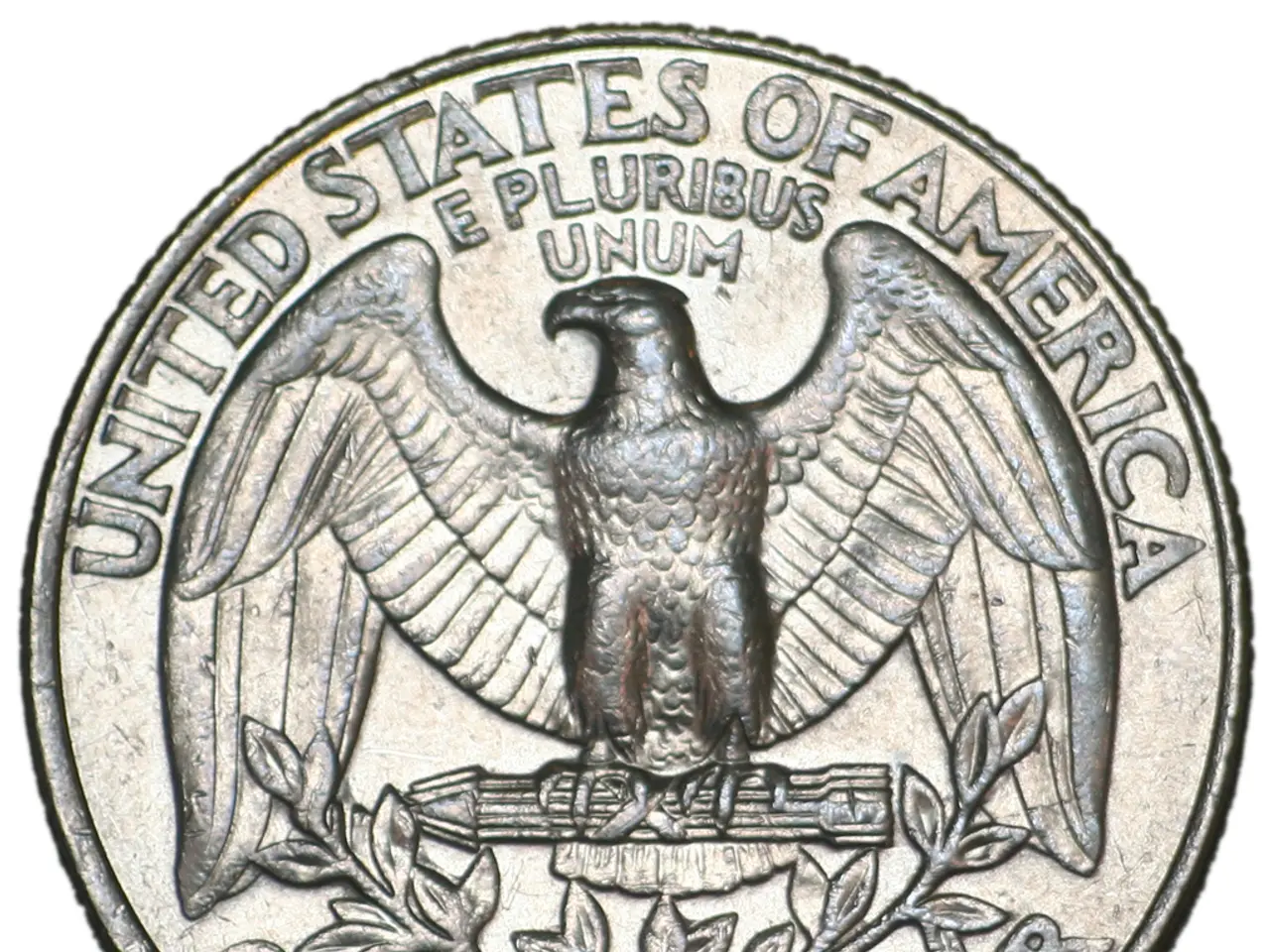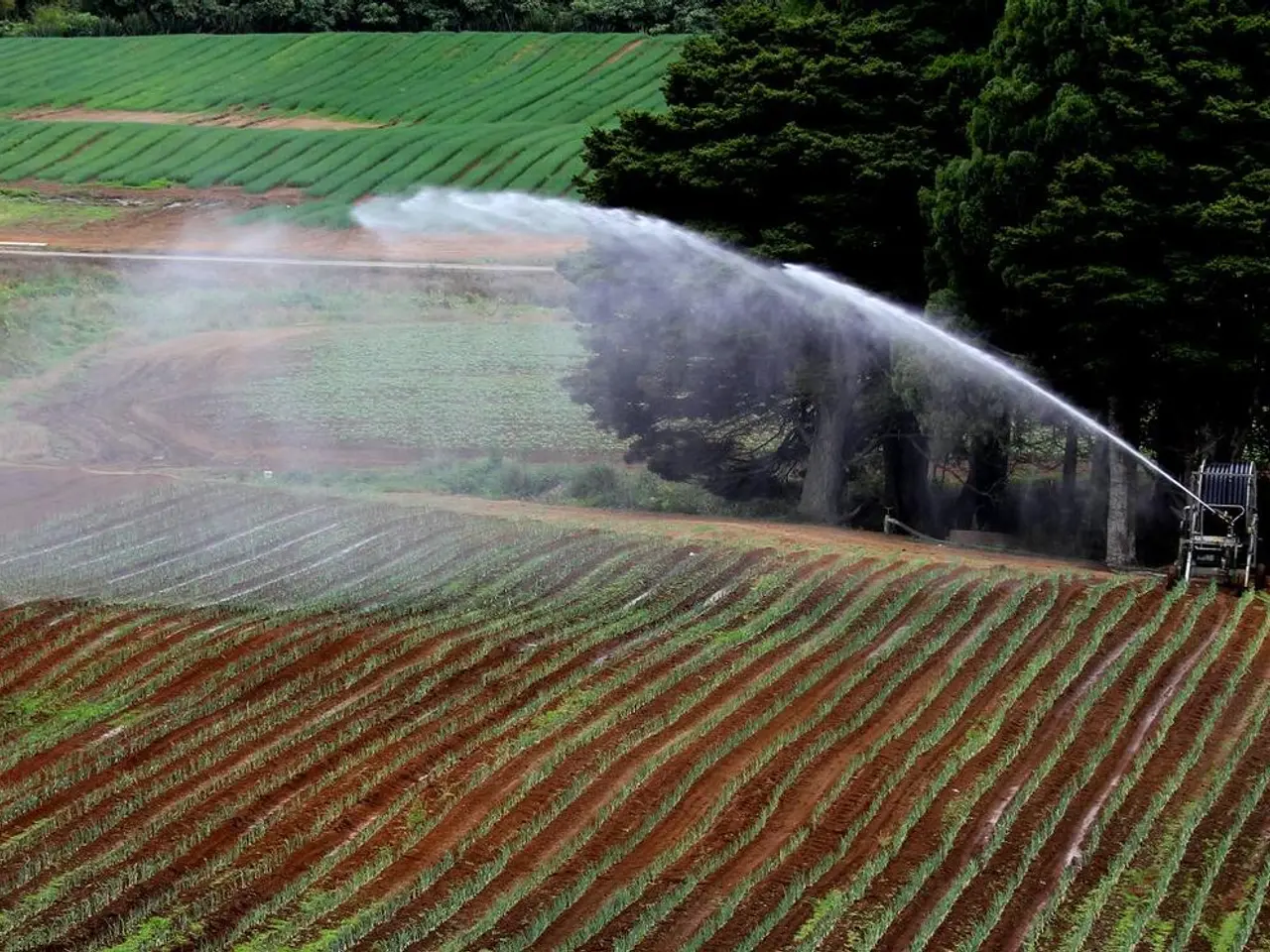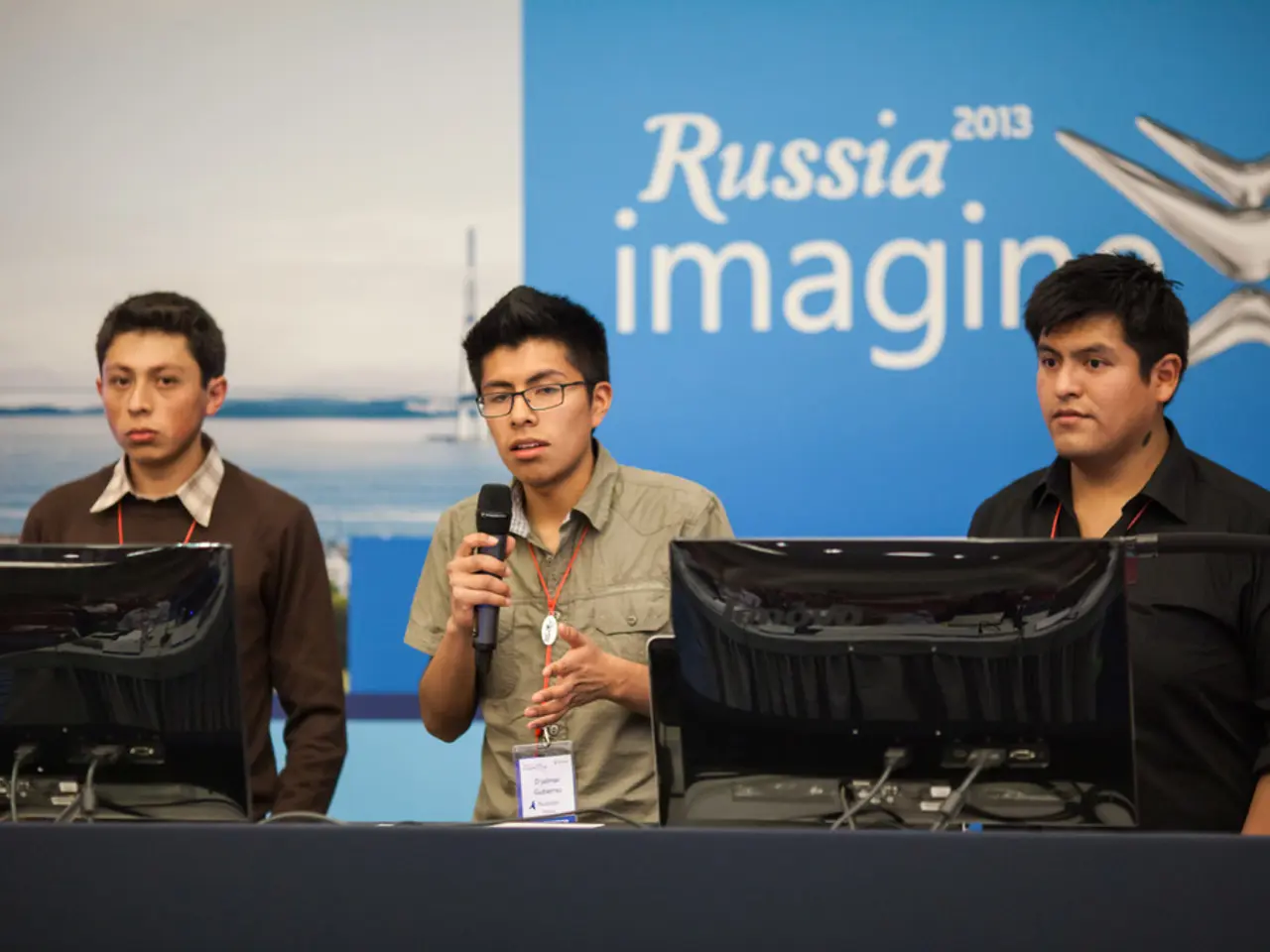Escalating Disagreements Between WNBA and CBA As All-Star Break Nears
The Women's National Basketball Association (WNBA) is currently embroiled in a critical phase of collective bargaining negotiations, with the existing Collective Bargaining Agreement (CBA) set to expire at the end of October 2025. The WNBA Players Association (WNBPA) formally opted out of the existing deal last October, signalling their intent to push for a significantly improved agreement.
Key issues at the heart of the negotiations include player compensation, a fairer revenue sharing model, and other contractual improvements. A survey of players prior to the negotiations revealed that a clear majority prioritised higher salaries as their top bargaining priority, with approximately 70% of surveyed players naming "higher salaries" as the key issue. Many players are seeking a maximum league salary of $1 million or more, a substantial increase from the current top salary of about $249,244 on supermax contracts.
Players also demand a better revenue sharing model to ensure a fairer distribution of the league's increasing income. Since the 2022 investment group buy-in and a new $2.2 billion broadcast deal secured in July 2024, the WNBA's revenue streams have surged. However, the players want a larger share of this growth, which currently involves significant ownership stakes by both the NBA and league owners.
The players seek to soften the salary cap restrictions, increase roster spots, enhance benefits such as pensions and family resources, and establish minimum standards to improve career sustainability. Tensions remain high as the league’s initial proposal was strongly rejected by the players, prompting discussions of potential work stoppages or strikes ahead of the 2026 season.
One of the main points of contention is the WNBPA's aim for a "total revenue share" that isn't limited by the current CBA. Aces guard and union player rep Chelsea Gray, along with notable All-Star players like Breanna Stewart and Satou Sabally, have expressed disappointment with the league's initial counter-proposal, which features a similar revenue-sharing system as the current CBA with a hard salary cap. Gray has called the counter-proposal "terrible" and finds it surprising that there wasn't a significant jump from the current revenue-sharing model.
A three-time WNBA MVP, A'ja Wilson, has also expressed frustration with the current state of negotiations. Nneka Ogwumike, WNBPA president, believes the league had a "misinterpretation" of the union's initial proposals. Ogwumike hopes for significant progress toward a new accord by the WNBA All-Star Weekend in Indianapolis.
The league plans to expand to 18 teams by 2030, with $2.2 billion from new media rights deals set to kick in next year. However, the players argue that this growth should translate into better compensation and a more equitable revenue sharing model. In comparison, the NBA pays players 51% of basketball-related income, and the NFL players are guaranteed 48% of the league's revenue.
As the deadline for an agreement approaches (October 31), the WNBPA aims to improve family planning and retirement benefits, including a more robust pension plan. The ongoing bargaining is focused on securing significantly higher player salaries, a better revenue sharing model reflecting the league’s financial growth, and improved benefits and contract conditions, amid real concerns that unresolved issues could delay the 2026 WNBA season.
- The Women's National Basketball Association (WNBA) is currently in a critical phase of collective bargaining negotiations, with key issues like player compensation, revenue sharing, and contractual improvements at the heart of the discussions.
- Many players have prioritized higher salaries as their top bargaining priority, with a clear majority seeking a maximum league salary of $1 million or more, a substantial increase from the current top salary of about $249,244.
- The WNBA's revenue streams have surged since the 2022 investment group buy-in and a new $2.2 billion broadcast deal secured in July 2024, but players are demanding a larger share of this growth.
- Tensions remain high as the league’s initial proposal was strongly rejected by the players, leading to discussions of potential work stoppages or strikes ahead of the 2026 season.
- The players argue that the growth of the league should translate into better compensation and a more equitable revenue sharing model, comparing it to the NBA and NFL, which pay players 51% and 48% of their respective revenues.




